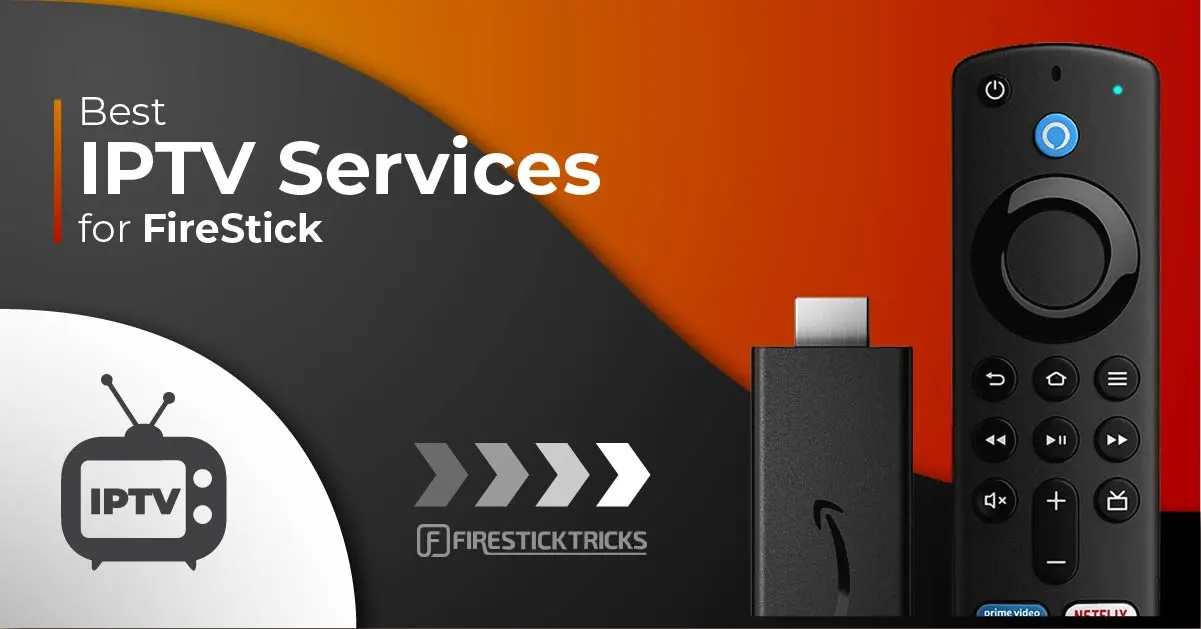Stream Anyplace, Whenever: IPTV Subscription Solutions at Your Fingertips
How IPTV Functions: A Step-by-Step Overview to Net Method Television Innovation
Web Protocol Television (IPTV) has changed the way we take in television web content, supplying a new world of possibilities through the power of the internet. Comprehending the intricacies of just how IPTV functions can lose light on the innovation that drives this cutting-edge type of media delivery. From the essential principles of IPTV to the intricate procedure of material shipment, each action plays an important function in guaranteeing a seamless viewing experience. In this guide, we will discover the underlying devices that make IPTV a remarkable blend of technology and entertainment.
IPTV Essentials
In comprehending IPTV essentials, it is pivotal to understand the basic operations of this modern technology in providing tv material over the net. IPTV, which represents Internet Protocol Tv, makes use of Web Procedure (IP) networks to send tv material to individuals' devices. Unlike conventional techniques of broadcasting tv content through cable television or satellite signals, IPTV streams media through high-speed internet connections.

Moreover, IPTV allows for interactive capacities, such as video as needed (VOD) and electronic program guides (EPG), enhancing the individual experience by giving even more control and versatility in accessing content. In general, understanding the essentials of IPTV sets the foundation for discovering its advanced functionalities and the benefits it offers to modern-day tv usage.
Web Content Delivery Process
Efficient content shipment in IPTV systems involves a well-structured procedure that makes certain seamless transmission of tv material over IP networks. The content delivery process in IPTV starts with the production of the video clip content, which is then inscribed into electronic format appropriate for IP transmission.

Middleware Capability
With the assimilation of middleware, IPTV systems gain boosted performance that simplifies customer communication and web content monitoring. Middleware functions as an essential element that bridges the space in between the interface and the back-end infrastructure, assisting in smooth communication and communication within the IPTV system. Among the crucial features of middleware in IPTV is to allow personalized customer experiences by providing features such as interactive program guides, video-on-demand services, interactive advertising and marketing, and user choices monitoring. By centralizing these functionalities through middleware, company can offer a much more vibrant and customized IPTV experience to their clients.

Tool Compatibility
Provided the critical function of middleware in making it possible for smooth interaction and content administration in IPTV systems, a vital element to consider is the compatibility of tools utilized for accessing the IPTV services. Gadget compatibility is crucial for making sure a smooth customer experience and ideal efficiency when accessing IPTV web content.
In the context of IPTV, tool compatibility describes the ability of a device to properly communicate with the IPTV service, display content properly, and sustain the required methods and codecs for streaming video clip web content online. Different devices, such as smart Televisions, set-top boxes, mobile phones, tablets, and computer systems, may have differing degrees of compatibility with IPTV solutions.
To make sure a seamless watching experience, it is very important for customers to pick devices that work with the particular IPTV service they are using. In addition, IPTV provider ought to use assistance for a vast variety of tools to accommodate the varied requirements of their individual base. By prioritizing tool compatibility, both customers and company can boost the overall IPTV experience.
Quality of Solution (QoS)
Taking into consideration the essential role of maintaining a high standard of performance and integrity in IPTV systems, guaranteeing constant Quality of Service (QoS) continues to be an essential facet of the individual experience. QoS in IPTV refers to the capability of the system to provide material with minimal disturbances, high resolution, and quickly packing times. To achieve optimum QoS, different aspects require to be dealt with. Network bandwidth is crucial to sustain high-quality video streaming without buffering or pixelation. In addition, latency, jitter, and packet loss have to be reduced to improve the their explanation seeing experience.
Provider use QoS devices such as web traffic prioritization, buffering, and mistake adjustment to keep a steady IPTV service. By prioritizing IPTV website traffic over less time-sensitive data, carriers can make certain smooth playback even during peak usage hours. Buffering assists make up for network variations, while mistake adjustment techniques improve data integrity.
Constant monitoring and optimization of QoS criteria are necessary to adapt to changing network conditions and individual demands. Eventually, a robust QoS structure is vital for supplying a smooth and delightful IPTV experience to individuals.
Verdict
In final thought, IPTV operates through the transmission of television web content over internet method networks. Quality of Solution plays a critical function in maintaining the effectiveness and reliability of IPTV services - IPTV subscription.